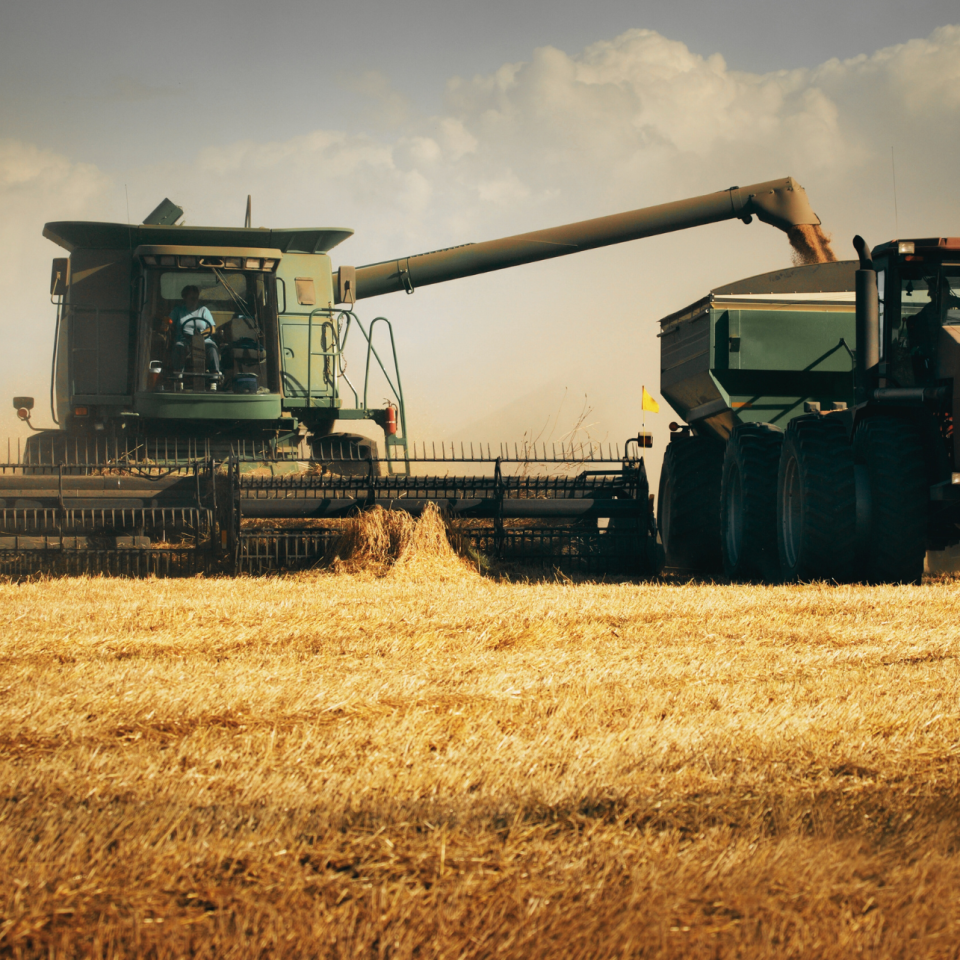
Post-Harvest Burndown in September: Maximizing Fall Weed Control in Ontario
September 1, 2024
As September rolls in, Ontario farmers are focusing on the busy harvest season. But the work doesn’t stop there—this is a critical time to focus on post-harvest field management, especially when it comes to controlling weeds. One of the most effective strategies at this time of year is a post-harvest burndown. For experienced farmers, this isn’t just a routine task but a crucial step to ensure a clean start for the next growing season.
Why Post-Harvest Burndown Matters
Post-harvest burndown is essential for managing perennial and winter annual weeds that can overwinter and become problematic in the spring. Weeds like dandelion, Canada thistle, and fleabane are particularly concerning, as they can establish strong root systems if left unchecked. By applying a burndown herbicide in September, you can significantly reduce the weed seed bank and minimize the competition for nutrients and moisture in the next cropping season.
Timing is Everything
The timing of a post-harvest burndown is crucial. In Ontario, September offers an optimal window because:
- Active Weed Growth: Weeds are still actively growing, making them more susceptible to herbicide uptake.
- Cooler Temperatures: Cooler fall temperatures slow down weed growth but don’t stop it entirely, allowing for better herbicide absorption.
- Moisture Availability: Fall moisture helps herbicides move into the root zone, ensuring more effective control.
Applying herbicides too late in the season can reduce efficacy, as frost-damaged weeds won’t absorb the chemicals as efficiently. Conversely, applying too early may miss late-emerging weeds.
Choosing the Right Herbicide
Selecting the right herbicide for your post-harvest burndown depends on the specific weed pressures in your fields. Here are some options to consider:
- Glyphosate: A broad-spectrum herbicide that is effective against many perennial and annual weeds. It’s particularly useful for controlling dandelions and quackgrass.
- Dicamba or 2,4-D: These can be mixed with glyphosate to improve control of broadleaf weeds like Canada thistle and fleabane.
- Group 14 herbicides (e.g., saflufenacil): These can provide quick burndown of broadleaf weeds and offer residual control into the fall.
When choosing a herbicide, consider the crop rotation for the following year to avoid potential carryover issues.
Best Practices for Application
To maximize the effectiveness of your post-harvest burndown, follow these best practices:
- Monitor Weed Growth: Scout your fields post-harvest to identify which weeds are present and at what growth stage. This will help tailor your herbicide selection and timing.
- Adjust Herbicide Rates: Base your herbicide rates on the weed species and their growth stages. Dense, mature weeds may require higher rates for effective control.
- Consider Tank Mixes: Combining herbicides with different modes of action can enhance control and reduce the risk of herbicide resistance.
- Optimize Sprayer Settings: Ensure your sprayer is calibrated correctly for the herbicide being applied. Use adequate water volumes and appropriate nozzles to achieve uniform coverage.
- Pay Attention to Weather: Avoid spraying before heavy rainfall, as this can wash away herbicides and reduce their efficacy. Likewise, spraying during very cool or hot conditions can reduce herbicide uptake.
Managing Herbicide Resistance
Herbicide resistance is an increasing concern across Ontario. To mitigate this risk, it’s important to rotate herbicides with different modes of action and integrate non-chemical control methods when possible. A diversified weed management approach will help preserve the efficacy of available herbicides and extend their usefulness.
Looking Ahead to Spring
A successful post-harvest burndown sets the stage for a cleaner start in the spring. By controlling weeds in the fall, you reduce the burden of weed management in the following season, leading to better crop establishment and higher yields.
September is the perfect time to take action. As experienced farmers know, proactive field management is key to staying ahead of weed pressures and optimizing crop production. So, as you wrap up the harvest, make sure a post-harvest burndown is part of your fall field management plan. Your fields—and your yields—will thank you next year.
This article offers guidance tailored for the unique challenges and opportunities Ontario farmers face during the post-harvest season. If you need further advice or customized recommendations, don’t hesitate to reach out to your local Sylvite Agri-Services representative.